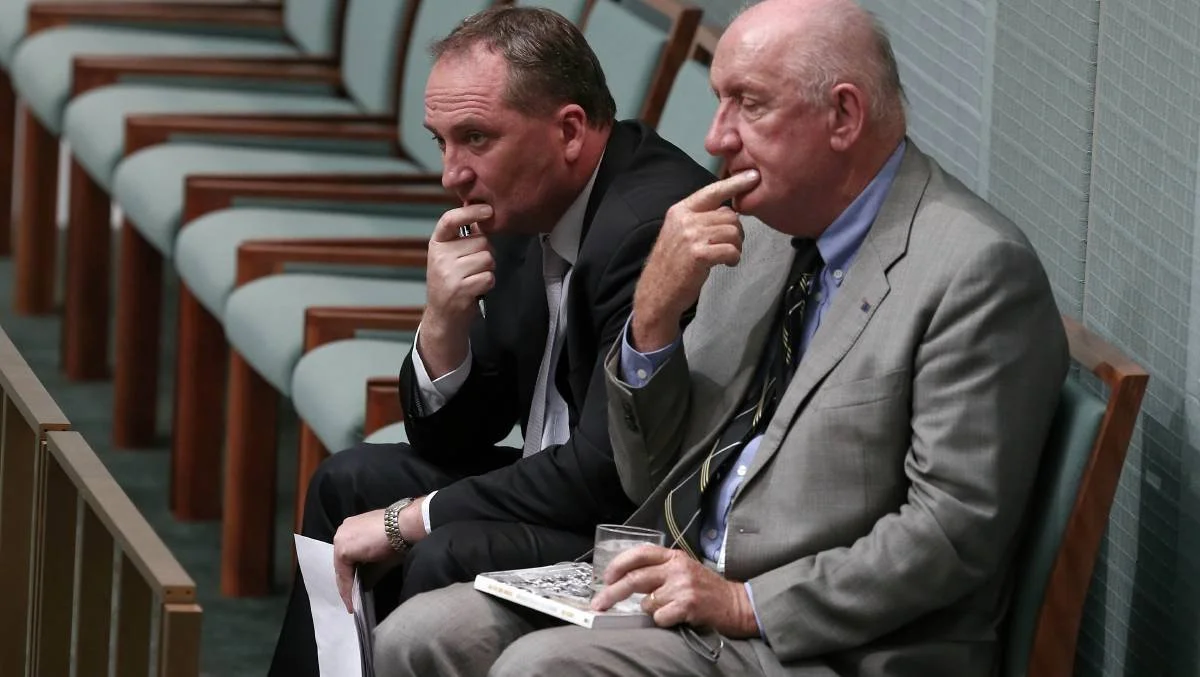Week 10: The Nationals
This week we’re going rural as we explore The Nationals. The Nationals have existed in various forms since 1920, firstly as the Australian Country Party (ACP), then the National Country Party, and since 1982, The Nationals.
Founding/History:
The ACP was formed in 1920 with the primary focus of preserving the interests of Australia’s agriculturalists. In 1922, the first Coalition between the then ACP and The Nationalists (Liberals before they were Liberals) was formed. The Nationals primary vote typically ranges between 4-5 per cent (compared to 10 per cent for The Greens), however this translates into a handy boost of 10-12 seats for the Coalition, as compared to just the single seat secured by The Greens. This is due to the geographical concentration of The Nats’ vote within a smaller number of seats relative to The Greens, diffused across the country primarily in high-density, urban electorates where they face stiffer competition.
Ideology:
The Nats’ political orientation is to deliver prosperity for regional communities. The Nats are self-identified conservatives, with their Constitutional aims comprised of typically conservative values, such as loyalty to the Crown, a devotion to Christian ethics, strong national defence, and low taxes. In reality, The Nats’ ideology is a blend between staunch social conservatism, and selective support for government intervention. In recent years, they’ve backed tax cuts, and the building of a Federal Government-funded coal-fired power station in Collinsville, Queensland, highlighting the party’s fluid ideological perspectives. A majority of The Nats parliamentary party are climate sceptics or deniers.
Key Figures
Tim Fischer led The Nats for just under a decade between 1990 and 1999, serving as the Deputy Prime Minister under John Howard for the final three years of his tenure as leader. He is perhaps most famous for sticking alongside John Howard following the Port Arthur Massacre, where despite strong and high-profile opposition from the Nats’ rural base against the proposed gun ownership reforms, Fischer held firm, and the legislation eventually passed.
Recently commencing his second stint as The Nats’ leader, Barnaby Joyce is a divisive figure. He is revered by his supporters as an authentic representative of regional Australia and strong proponent of regional interests. Barnaby was first elected as a Senator for Queensland in 2004, then becoming the Member for New England in 2013. He was elected Leader of the party in 2016, before being losing the leadership in 2018. In contemporary Australia, Barnaby Joyce is synonymous with The Nationals, a personification of the party’s brash approach.
Core Constituents:
The Nationals identify as “the party for all regional Australia.” Traditionally, the organised groups within regional Australia that exerted the most influence within The Nats were Australia’s agriculturalists. In recent times, the agriculturalists’ monopoly on power has dissipated, largely replaced by the mining sector. In 2019, in an interview with Waleed Aly, then Nationals leader Michael McCormack was unable to identify one policy where The Nationals sided with the interests of farmers over the interests of miners. Dissatisfaction with The Nats in some regional areas has aided the rise of the Shooters, Farmers and Fishers Party in regional NSW.
Landmark Policies:
Adani Coalmine
The Nats were strong supporters of the Carmichael Coal Mine (named Adani after the multinational corporation proposing the mine). A toxic issue in Australian politics, it was a key factor in Labor’s 2019 Queensland electoral wipeout. Matt Canavan and George Christensen were two of the most outspoken proponents of the mine, arguing for it on the premise of supporting economic growth in Central Queensland, and dismissing the opposing arguments relating to the need to reduce the Australian economy’s dependence on fossil fuel exports.
Conclusion:
So there’s your lowdown on The Nats. A colourful player in the Australia’s politics, The Nats should be taken seriously. Their agitation was central to the deposing of Malcolm Turnbull, highlighting the disproportionate influence Australia’s fourth most popular electoral party can have on matters that affect all of us.
Next week, we’ll conclude the series by taking a look at the Australian Greens. So, slide off that Akubra and warm up your latte’s, I’ll see you then.

